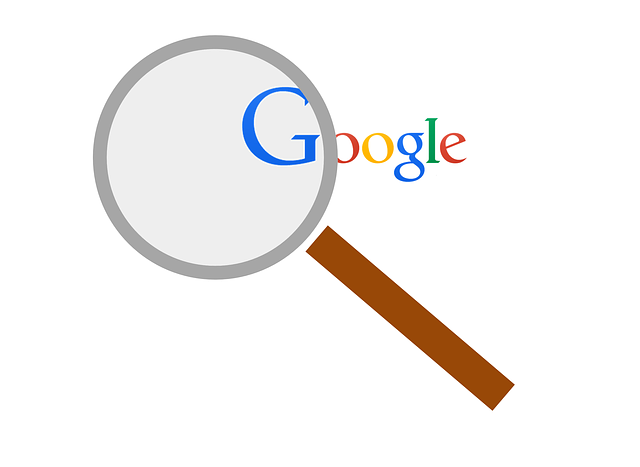What is a canonical tag?
When it comes to managing a website, it’s important to understand how search engines interpret and rank your pages. One aspect that often raises questions is the mysterious “canonical tag.” Fear not, dear reader! In this blog post, we’ll demystify the canonical tag and explain its role in guiding search engines to the primary version of your webpage.
What’s in a Tag? Think of tags as little snippets of code that provide instructions to web browsers and search engines. The canonical tag, specifically, serves as a helpful signpost for search engines, telling them which version of a webpage they should prioritize.
Understanding Duplicate Content Dilemma: Imagine you have a fantastic blog post that can be accessed through various URLs. For instance, your blog post titled “The Secret to Stellar Smoothies” can be reached via:
https://www.example.com/blog/smoothiehttps://example.com/blog/smoothiehttps://blog.example.com/smoothie
While the content is identical across these URLs, search engines might perceive them as separate pages with duplicate content. This creates a conundrum. Which version should be considered the authoritative one? Enter the canonical tag!

Enter the Canonical Tag: The canonical tag acts as a beacon of clarity amidst the sea of duplicate URLs. It informs search engines that even though multiple URLs point to the same content, there is one preferred or “canonical” version that deserves the spotlight.
How Does the Canonical Tag Work? To put it simply, you insert the canonical tag into the HTML code of your webpage, signaling the preferred URL. This tag looks like the following:
code<link rel="canonical" href="https://www.example.com/blog/smoothie">
By adding this line of code to the header section of your webpage, you’re gently whispering to search engines, “Hey there, this is the primary version you should focus on!”
Why Does It Matter? The canonical tag is essential because it helps search engines consolidate ranking signals and avoid confusion caused by duplicate content. By specifying the preferred URL, you’re ensuring that search engines attribute all the ranking factors to a single page, boosting its visibility and credibility in search results.
Protecting Your Website’s Integrity: While the canonical tag is a powerful tool, it’s important to use it wisely. Be vigilant in identifying duplicate content issues and implement the canonical tag correctly to avoid unintended consequences. It’s also worth noting that the canonical tag is just one part of a comprehensive SEO (Search Engine Optimization) strategy, so make sure to explore other optimization techniques.
Conclusion:
You now understand its role in guiding search engines to the primary version of your webpage, preventing duplicate content confusion, and ensuring your pages receive the recognition they deserve. So go forth and implement this invaluable signpost on your website, and let search engines navigate your digital landscape with ease!







